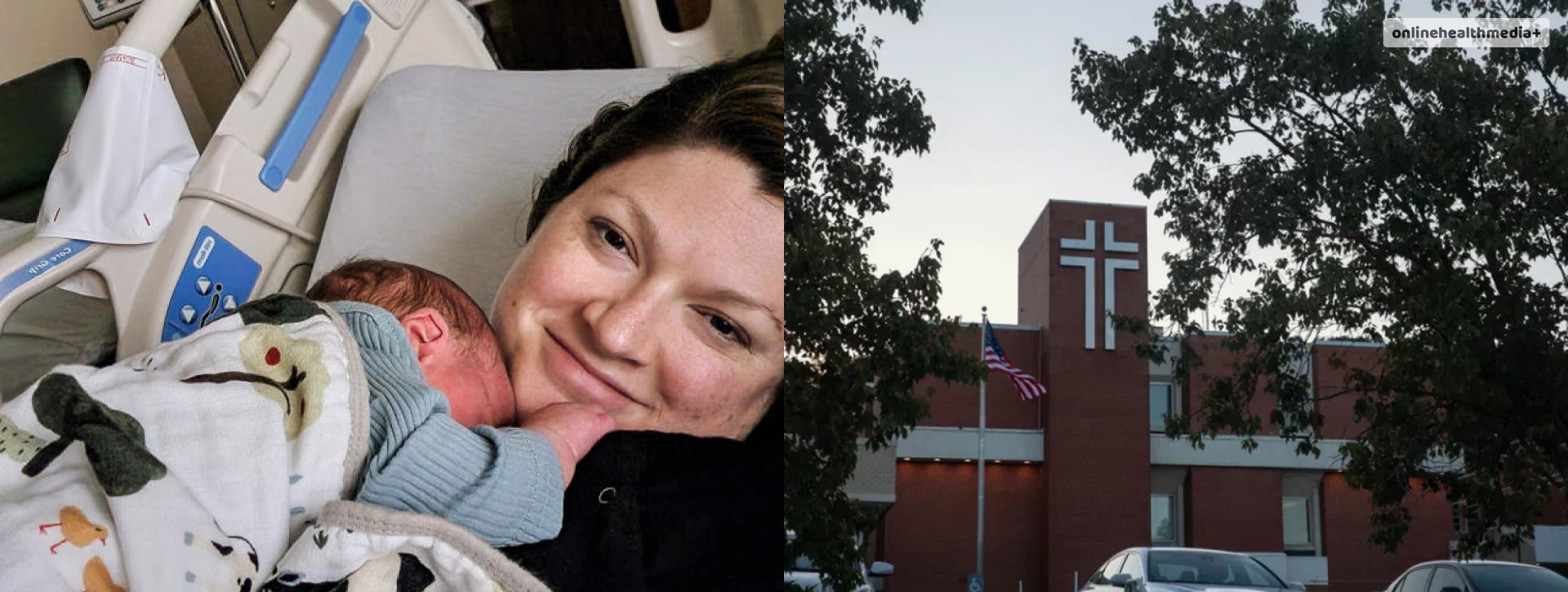3 Maternity Units To Shut Down In Alabama, Pregnant Women At Risk.
Alabama faces a mounting maternal health crisis as three maternity units prepare to close their doors, leaving pregnant women and babies at higher risk in a state already struggling with one of the highest maternal mortality rates in the country (Source: NBC News).
The closures highlight the critical need for obstetrics care in Alabama, especially as the state’s restrictive abortion laws are anticipated to drive the demand for such services.
The impending closures will affect multiple counties in Alabama. In Shelby County, where one of the hospitals is closing, pregnant women will now need to travel at least 17 miles further to reach a hospital with obstetrics care.
This situation is exacerbated by the neighboring county, which also lacks obstetrics care, leaving residents with limited options.
In Monroe County, residents may have to travel 35 to 100 miles to access labor and delivery services.
Alabama already faces a significant problem with maternity care deserts, with over a third of the state’s counties lacking hospitals with obstetrics care, birth centers, OB-GYNs, or certified nurse midwives. This situation is partly responsible for Alabama’s high maternal and infant mortality rates.
The state ranked among the top in maternal mortality between 2018 and 2021, according to the CDC, and had the nation’s third-highest infant mortality rate in 2021.
The consequences of these hospital closures are far-reaching. Women who are unable to reach a birthing hospital in time, particularly in emergencies, may resort to delivering in the emergency room, potentially leading to poor outcomes for both mothers and babies.
These closures are also occurring in the midst of rising demand for obstetrics care due to Alabama’s strict abortion laws, which have almost completely banned the procedure since June 2022.
The closures impact predominantly Black neighborhoods and underserved communities, increasing health disparities in these areas.
It also presents a significant challenge to healthcare access in rural parts of the state, where fewer than half of rural hospitals have labor and delivery services.
Rural counties that have lost obstetric services reported more preterm births, associated with low birth weight and infant mortality, according to a 2018 study.
In addition to the lack of accessibility to care, financial challenges play a role in the closures. Obstetrics departments may not always be profitable, especially in areas with a high percentage of uninsured residents and births covered by Medicaid, which typically reimburses at lower rates than private insurance plans.
You may also like…
- Top 15 Best Liquid Vitamins For Women in 2022
- Top 10 Best Portable Oxygen Concentrator in 2021
- Top 9 Liquid Prenatal Vitamins – With Pros And Cons.



